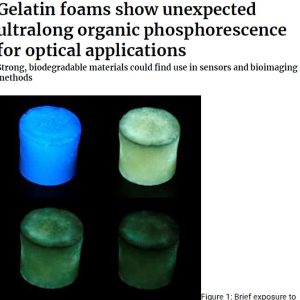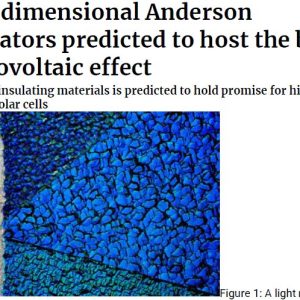
Development of oxidation model for zirconium alloy cladding and application in the analysis of cladding behavior under loss of coolant accident
₩4,000
During Loss of Coolant Accident (LOCA) in Pressurized Water Reactor (PWR), the oxidation of zirconium alloy cladding has a significant impact on the core degradation process. However, empirical parabolic rate correlations applied in accident analysis codes only provide oxide thickness obtained by the hypothesis of stoichiometric zirconia, which has limitations for simulating complicated oxide behaviors under accident conditions. The diffusion model with moving boundaries proposed in previous studies can give the dis- tribution of oxygen concentration. However, due to simplified assumptions cladding expansion was not properly considered. In this study, an oxidation model for zirconium alloy cladding considering oxygen diffusion, zirconium conservation and mass density variation with temperature and oxygen concentra- tion is developed. The model is validated by experimental data and shows good agreement. To analyze cladding oxidation during LOCA transient, QUENCH-05 and QUENCH-SR test are simulated. The model can give reasonable simulation results. The simulation results of QUENCH-05 test confirm the fact that β-Zr plays an important role in maintaining the integrity of cladding under quenching process. The simulation results of QUENCH-SR test indicate that steam starvation can still lead to cladding embrittlement due to the consumption of β-Zr matrix and thus increase the risk of cladding failure.





상품평
아직 상품평이 없습니다.